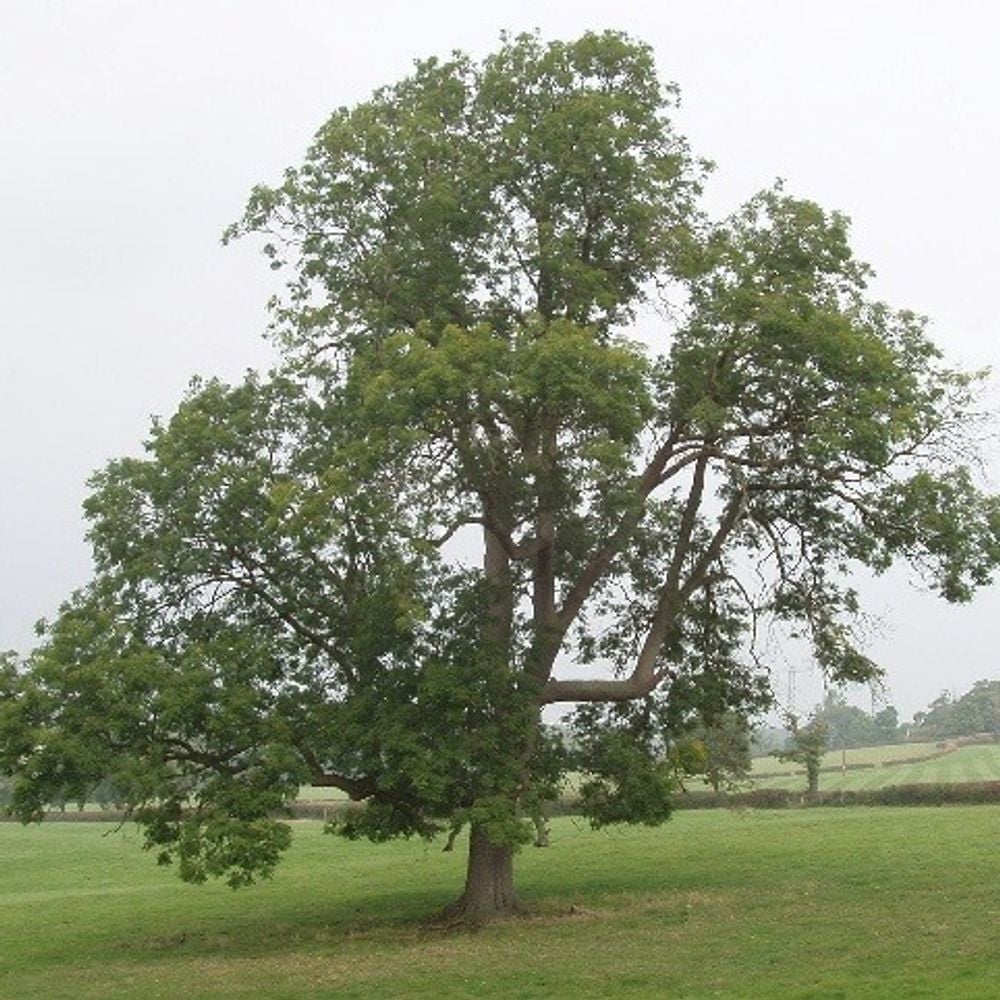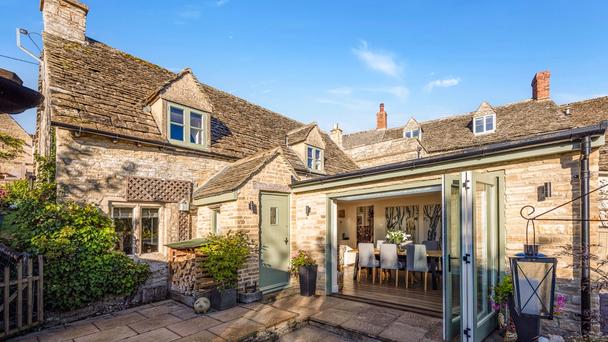
Ash Dieback

Ash trees are the third most common tree in Britain after oak and birch, with circa 80 million ash trees in the UK.
Ash Dieback, also known as Chalara, is caused by a fungus called Hymenoscyphus fraxineus (The fungus was previously called Chalara fraxinea, hence the name of the disease.) This fungus affects the vascular system of ash trees, inhibiting the tree’s ability to draw nutrients up into its upper branches. Young ash trees are killed very rapidly by the disease. Older trees often resist the disease for longer periods but will succumb with prolonged exposure.
What to look for?
Ash dieback can affect ash trees of all ages. Younger trees succumb to the disease quicker, but in general, all affected trees will show the following symptoms:
Leaves develop dark patches in the summer.They then wilt and discolour to black. Leaves might shed early.Dieback of the shoots and leaves is visible in the summer.Lesions develop where branches meet the trunk. These are often diamond-shaped and dark brown.Inner bark looks brownish grey under the lesions.New growth from previously dormant buds further down the trunk. This is known as epicormic growth and is a common response to stress in trees.
Experts predict that we potentially might lose up to 95% of our ash trees in the UK. This will have a devastating impact on the landscape and the biodiversity of our woodlands, as well as a major loss in habitats, when hedges and individual trees outside of our woodland environments are lost.
Chalara spreads through woodlands via wind dispersal, however the movement of diseased ash trees is likely to be the cause of spread over longer distances. Movement of infected logs, leaf litter and sticks of Ash may also spread the disease.
What to do if you suspect Ash Dieback is on your land?
Infected ash trees should be left where possible. Dead ash trees remain a vital habitat for many species including birds, beetles, and lichens. However, where affected trees pose a threat to the public, for example close to footpaths and bridleways, or to infrastructure such as buildings, roads, and powerlines, then trees will have to be removed.
For Landowners or Woodland Owners with trees that are located within striking distance of a public highway or footpath, then it is important that a Roadside tree survey is in place. The aim being to identify trees at risk and prioritise works (Urgent, High, Medium, or low categories) depending upon the significance of the defects. It is good practice to regularly review the survey report and update when tree works have been completed.
Prioritising the roadside tree management allows landowners to budget for tree works whilst managing the liability.
Public Liability –it is important to assess whether there is a suitable level of Public Liability insurance in place. Cover of £10 million is becoming more common place within Farm & Estate policies, however where there is significant public access, then due consideration should be given as to whether this level of cover should be increased to £20 million to manage the increased risk and liability.
Report Suspected cases to the Forestry Commission 0131 314 6414 plant.health@forestry.gsi.gov.uk
The predicted cost of managing the disease is enormous, with figures from the Woodland Trust suggesting as much as £15 billion required to cover the practical expense of clearing up dead and dying trees, plus the massive natural loss of air purification.
Is there any natural disease tolerance?
There is some hope. Initial findings suggest that some trees might have a tolerance to ash dieback, allowing for a recovery in Ash numbers, however this is only likely to be over the mid to long term.
Unfortunately, tolerance to the disease is complex, due to the genetic traits, the health of the tree and the unknown quantity of ask die back spores in the atmosphere.
There is an interactive map on the Tree Alert website which identifies if you are in an area that has no recorded sightings of Dieback. However, if you have seen signs of the symptoms in your Ash trees then contact the Forestry Commission or the Woodland Trust.
Firewood
Ash remains popular with firewood merchants and timber buyers, with roadside firewood prices remaining resilient. Some Woodland owners have taken the view that if the majority of their Ash is likely to suffer from Chalara, then their view is to “fell and sell” to the firewood market and make some financial return, before the timber becomes completely rotten.
Roadside Firewood - £45-55/tPure Ash - £50 – 58/t – subject to Grade of FirewoodHardwood Chip - £40- £45 / t subject to species
Grants
There is support under Plant Health for re-stocking woodland compartments that have suffered as a result of Ash Die back. In order to access the grants available, it is a requirement for an approved Woodland Management Plan to be in place and identify that Chalara has been confirmed on the site by the Forestry Commission or Animal and Plant Health Agency.
The grant pays a unit rate for a tree in a shelter of £2.88, to a maximum of £3,500/ha on Ancient Semi Natural Woodland (ASNW) for restocking with native species (£1,750 for non-native) and all other sites with native stocking up to £2,750/ha for native species (£2,250/ha) for non-native.

Christmas In The Cotswolds
In December, the Cotswolds transforms into a festive wonderland, packed with Christmas events and festivities. Glide across the ice, sip wine at an award winning vineyard, sing along to carols, watch the town lights turn on, browse late-night shopping evenings, get creative at seasonal workshops, enjoy festive storytelling with Giffords Circus, and feel the thrill of Christmas racing at Cheltenham Racecourse.
Christmas In The Cotswolds
2025’s Best Sold Properties: Reflecting on an Exceptional Year of Sales
As 2025 draws to a close, Butler Sherborn is proud to reflect on what has been an incredibly successful year across the Cotswolds property market. Despite wider economic headwinds, demand for high-quality Cotswold homes has remained resilient, with buyers continuing to prioritise location, lifestyle and long-term value.
2025’s Best Sold Properties: Reflecting on an Exceptional Year of Sales
Market Comment
Despite the understandable inertia created by the Autumn Budget, November delivered a notably strong performance for Butler Sherborn, with over £11 million of quality Cotswold properties successfully sold. Buyer motivation was high throughout the month, with one in three viewings converting to an offer - the national average is about 10 viewings per offer.
Market Comment
Our Take on The Autumn Budget
The Chancellor, Rachel Reeves, delivered Labour’s long-awaited Autumn Budget this afternoon. In recent months, speculation has been rife about significant changes to Stamp Duty Land Tax (SDLT) and even the possible abolition of Principal Private Residence Relief for Capital Gains Tax (CGT) when...
Our Take on The 2025 Budget





